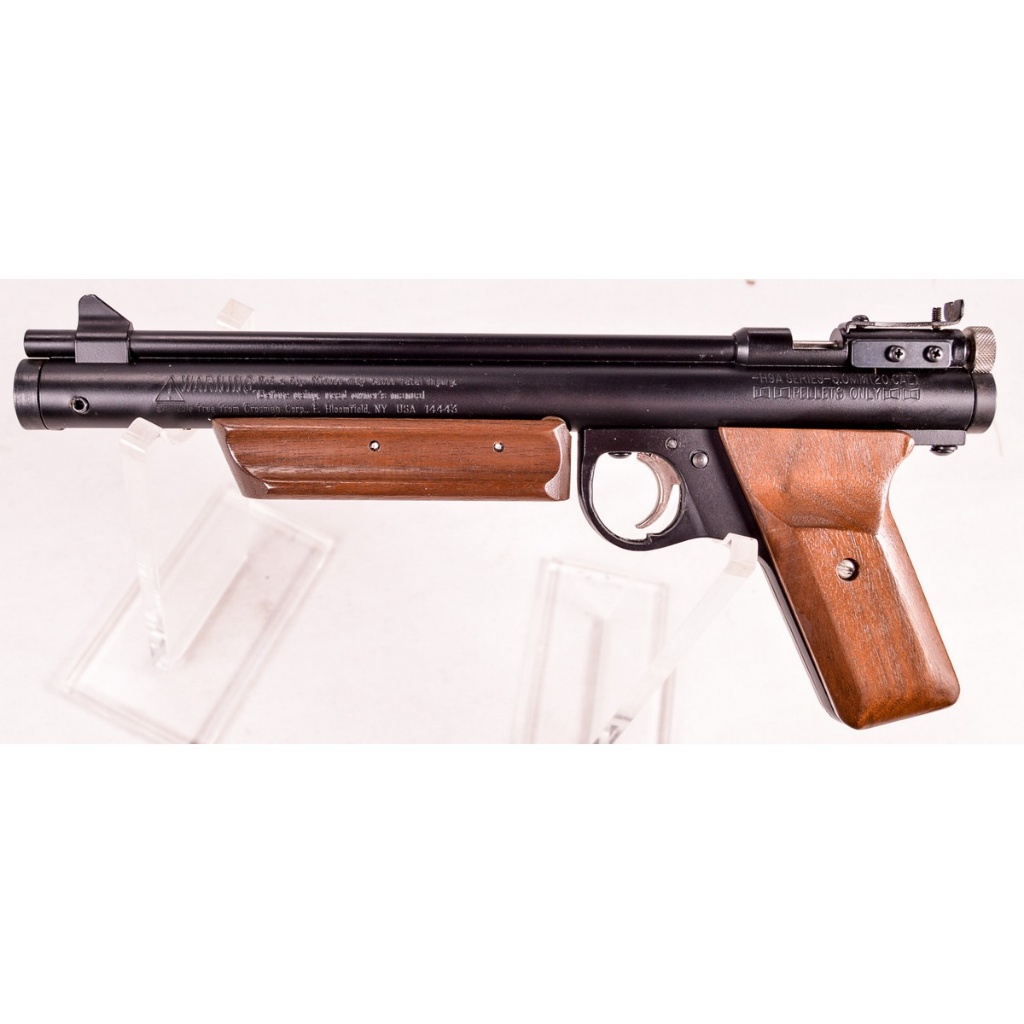Military Transcript Evaluation - You must be an admitted student at the university to start the TCE process. Apply now if you haven't already. Your admissions representative will guide you through the process if you need help. Prospective students may request a preliminary transfer credit review, but will still need to submit a TCE form after admission.
After you have been admitted to the university, log in to the student ecampus to submit the credit transfer application form. Each completed course, training, or service experience will be carefully and comprehensively reviewed for possible transfer credit to your chosen degree program by one of our trained evaluators. The results will be published in your Academic Plan on ecampus and you will receive a notification by email.
Military Transcript Evaluation
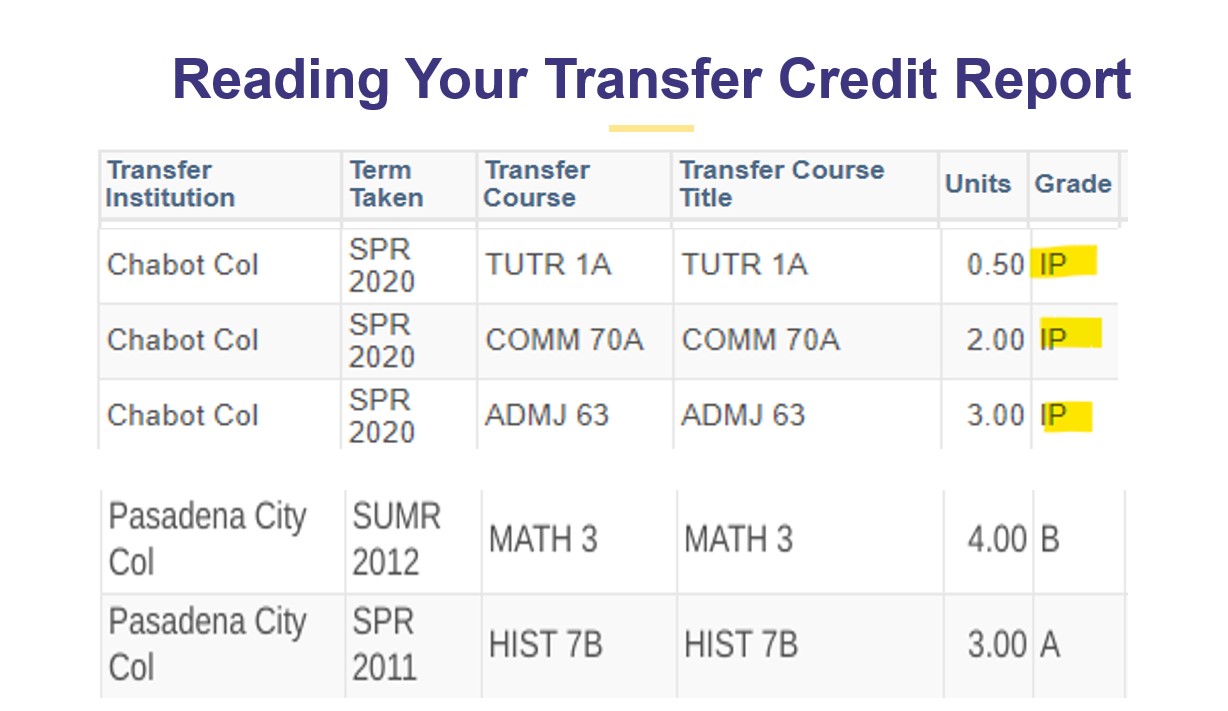
Once all your documents are received, it takes about two weeks for the Credit Transfer team to review your application and post your results. We communicate via email throughout the process, so please make sure the email address you have on file is active and that "apus.edu" is not going to a spam folder.
Joint Services Transcript (jst) — How You Can Translate Your Military Service Into Future Income Potential
It is important that you sign the Release of Records Authorization (TRA) form so that we can request your academic records from accredited institutions on your behalf. The TRA form will appear on your computer screen AFTER you submit the TCE form.
For institutions that do not allow third parties to request official transcripts, the academic transcript will be marked as "Student Action Required" in your record of records and will not have a TRA form to complete for that specific institution. You should contact the institution and receive the official transcript in the original sealed envelope at the address below.
For degree programs, you must submit official transcripts from all institutions of higher education you have attended. For degree programs, you must submit a transcript of your highest degree conferred, in addition to the degree credits you wish to evaluate.
All official transcripts must be received in sealed envelopes from the issuing institution at the address below.
Army To Hold Selection Assessment Program For Colonels
As each document in your TCE file is received, you will be sent a confirmation email. You can also log into your student ecampus to view your document log which contains a list of all documents that have been received as well as those that are still pending.
If you have any questions about your records or the status of your records, please email studentrecords@apus.edu.
You may begin taking courses after you are admitted and before your TCE is completed, but we recommend that you register only for courses that are not similar to those you have completed in the past to avoid taking a course that can be completed through a transfer of credit
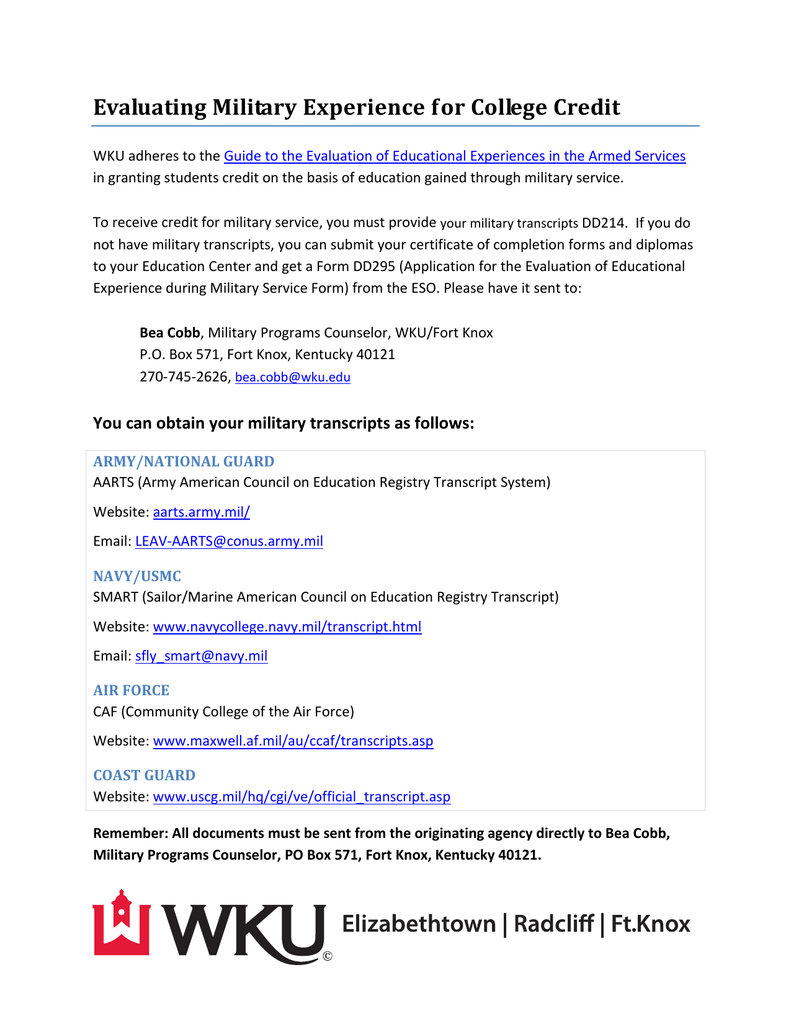
If you have already received your TCE results, but need to review additional documentation, please log in to Student eCampus and complete a TCE Update Request form.
Resources For Evaluation Of Military And Veteran Student Credit Dana Howard, Associate Registrar Ria Woods White, Assistant Registrar.
Visit the Student Help Center or contact us at CreditAward@apus.edu for more detailed information about the transfer credit evaluation process.
The Joint Services Transcript (JST) is a record that translates your military experiences into civilian terms and can earn you college credit.
Advertiser Disclosure: Opinions, comments, analysis and recommendations are solely the author's. This article may contain links from our advertisers. For more information, see our Advertising Policy.
As a result, your military occupational specialty (MOS) can translate into serious college credit. The Joint Service Transcript (JST) serves as a bridge between military experience and civilian application.
Prior Learning Assessment
The JST is a record that describes military schools, training, certification, and experiences that may substitute for similar college course offerings. There are not many differences conceptually between the JST and other more traditional college transcripts. One of the main advantages of the JST program is that the translation of your service record is done for you. Some potential examples of military education for which you may receive applicable credits include:
The JST is a useful tool that can be useful for both universities and curriculum skills assessment. Your JST can be found online where users will create an account. The program is a collaboration between the Department of Defense and more than 2,300 schools and institutions.
The JST is available to both active duty military service members and veterans of all branches except the Air Force. The Air Force has a similar program called the Community College of the Air Force (CCAF) that offers similar options.
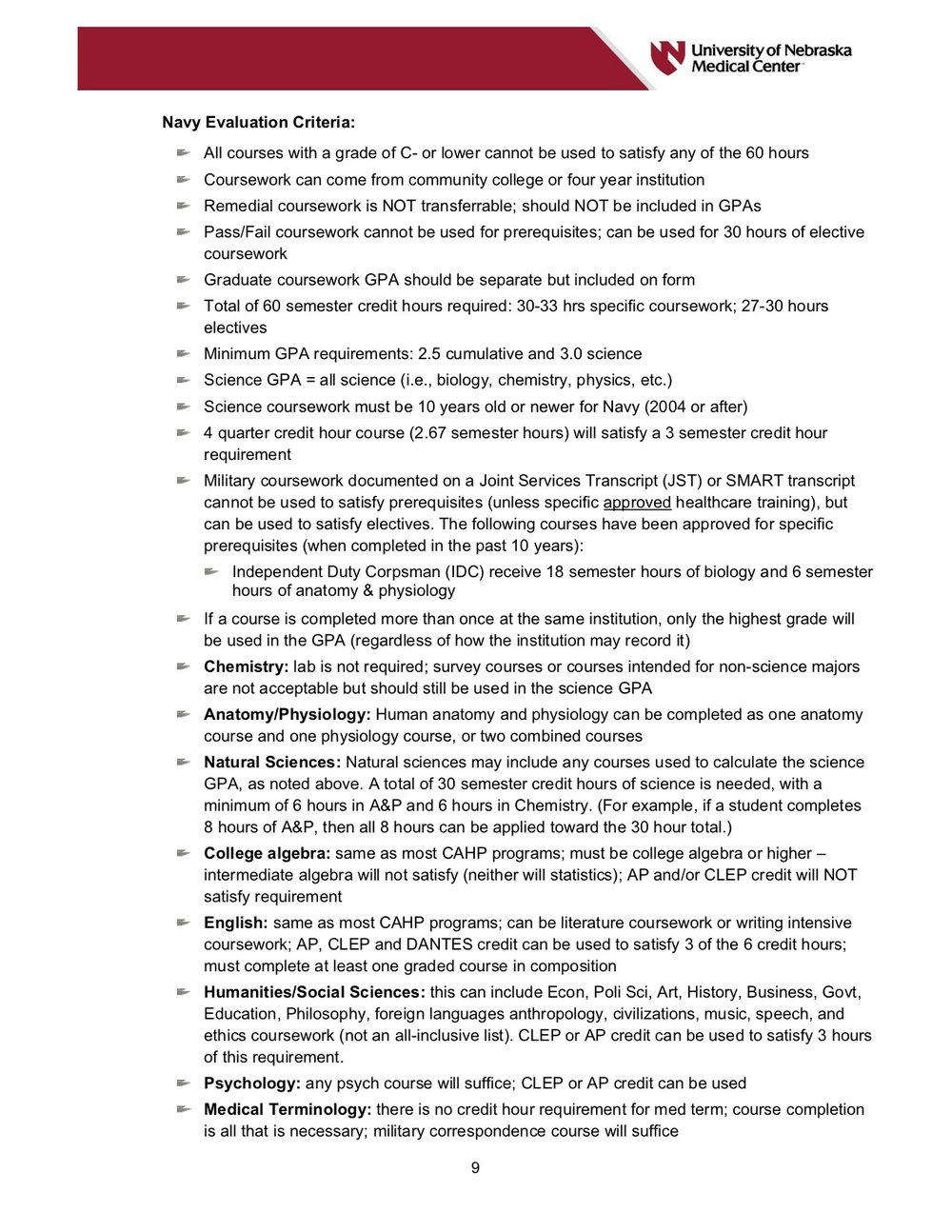
Although any service member can receive or view their JST, there is a designation between "official" and "unofficial" transcripts when it comes to most colleges. An official transcript is when your JST is mailed or delivered to the college directly or sometimes in a sealed, unopened envelope. An unofficial transcript is a copy of your JST that you have and have opened.
What You Need To Know About The Interservice Physician Assistant Program (ipap)
It may be helpful to request and keep your own copy of your JST for reference. Talks about admissions, what would or wouldn't transfer as college credit, or just what skills are set for the resume.
There is no debate that the civilian and military worlds are completely different. The military world is full of acronyms, layers of military jargon, and jobs that at first glance seem to have no civilian counterparts.
This misconception could not be further from the truth. The JST program is a great example of the collaborative progress made to ensure the successful transition of veterans from one chapter of their lives to the next. The old adage that a grunt's only option in the civilian world is jobs like a SWAT team, security guard, or police officer is no longer the case.
Having a comprehensive tool to describe your military career is a step in the right direction. Transcription is a great place to start any new career, for example when going through programs like Hiring Our Heroes.
Transfer Credit Evaluations (tce)
College is expensive, and even with G.I. Bill benefits, every penny saved is a penny you didn't have to spend. By transferring as many credits as you can from military service, you can save hundreds if not thousands of dollars in benefits to designate your children or spouse. Each college course covered by your military service will not count toward your G.I. Bill benefits either way. If you keep more of your G.I. If bill benefits are something you're interested in, consider the Military Enrollment Assistance (TA) option. TA is a way to take college courses (primarily online) while on active duty.
Although the duration of all degrees varies, obtaining a degree after service will require an academic assessment. By using the JST, you can eliminate a fair portion of the required courses for your major.
As noted above, not all universities accept the JST. Finding the right school should include looking at whether or not they will offer transfer credit for your military service or other prior college courses.
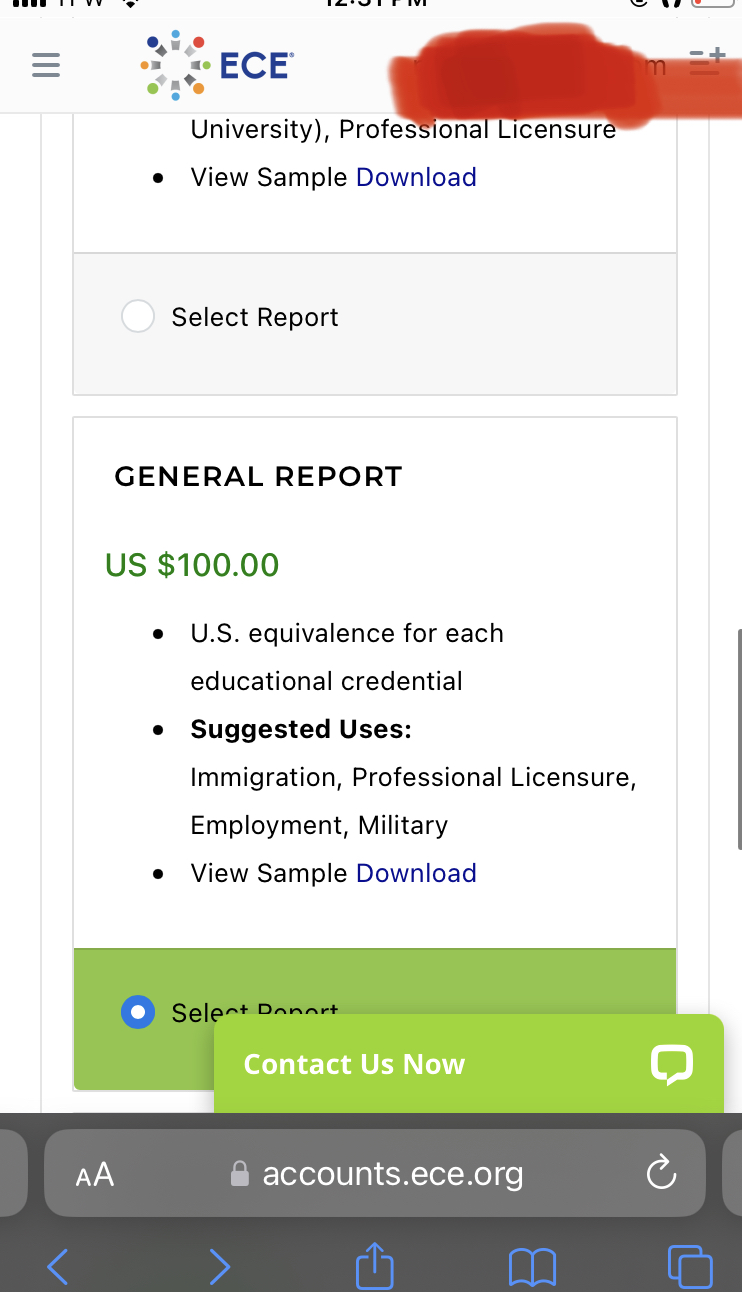
The short answer is no. Your JST is a complete and comprehensive view of your military service. However, it does not mean that all courses, actions or job descriptions transfer in the same way. Here are some things to keep in mind when reading your JST or looking for a post-service career.
Evaluating Military Experience For College Credit
The American Council on Education (ACE) provides in-depth reviews of how military courses can transfer to undergraduate careers. ACE works directly with the Department of Defense to analyze and provide guidance on exactly how your experience translates into credit.
Please understand that advanced degrees or degree tracks with highly specialized laboratory requirements or fieldwork requirements may not have as many transferable options depending on your MOS. Regardless, the JST is a free and worthwhile service to help you have a successful transition.
Samantha Peterson is a regular contributor to military publications such as The Military Wallet, Military Families Magazine, We Are The Mighty and more. He is passionate about telling compelling stories and crafting captivating narratives. She lives the life of one PC at a time, traveling to put her children through school while pursuing careers in the environmental and non-profit sectors, all as military life allows.
Featured in: Samantha's writing has appeared in We Are The Mighty, Military Families Magazine, InDependent, Reserve + National Guard Magazine and other publications.
Military Evaluation Kansas State University
The Military Portfolio is owned by Three Creeks Media. Neither The Military Wallet nor Three Creeks Media is associated with or endorsed by the US Departments of Defense or Veterans Affairs. The content of The Military Wallet is produced by Three Creeks Media, its partners, affiliates and contractors, opinions or statements on The Military Wallet should not be attributed to the Department of Veterans Affairs, the Department of Defense or any government entity. If you have questions about veterans programs offered through or by the Department of Veterans Affairs, visit their website at va.gov. The content offered on The Military Wallet is for general informational purposes only and may not be relevant to any consumer's specific situation; such content should not be construed as legal or financial advice. If you have questions of a specific nature, please let me know



